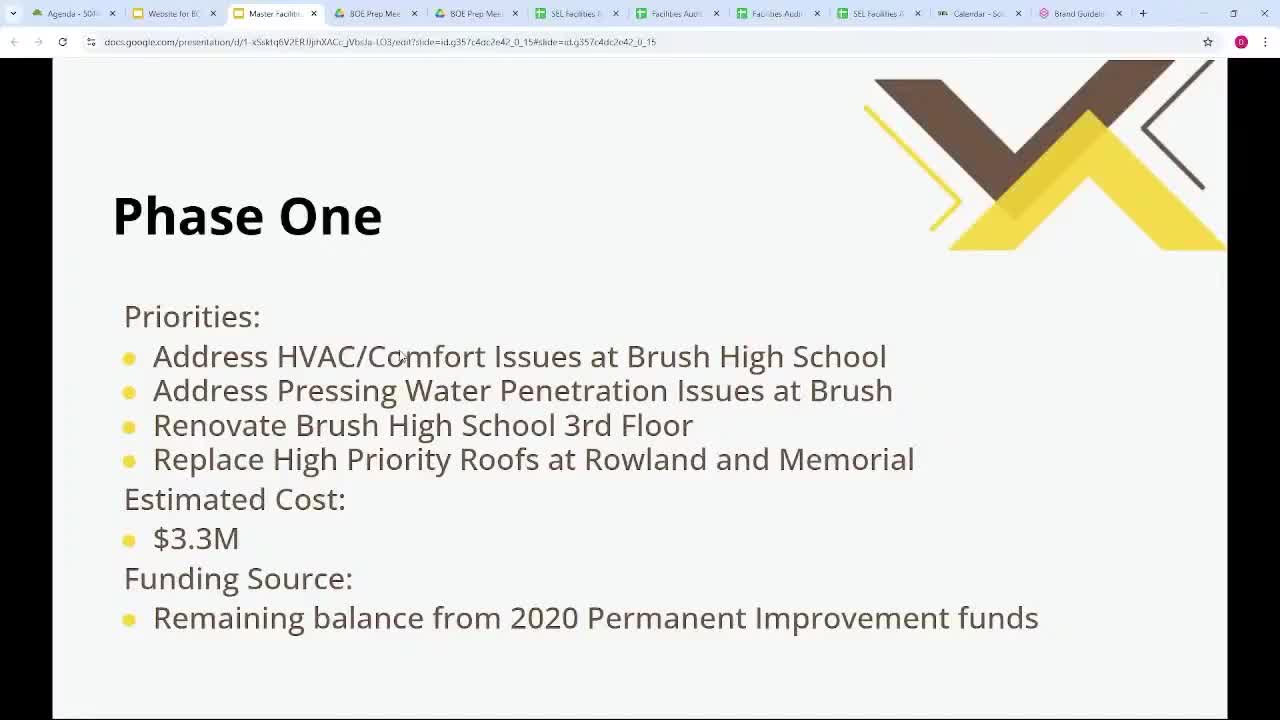Brush High School plans multi-phase upgrades to address HVAC and structural issues
May 20, 2025 | South Euclid-Lyndhurst City, School Districts, Ohio
Thanks to https://workplace-ai.com/ , all articles about Ohio are free for you to enjoy throughout 2025!

This article was created by AI using a video recording of the meeting. It summarizes the key points discussed, but for full details and context, please refer to the video of the full meeting. Link to Full Meeting
One of the most alarming revelations came from a presentation highlighting the extreme temperatures in classrooms, with reports of a thermometer reading over a hundred degrees during winter months. The culprit? Failing valves and outdated heating systems that date back to the 1920s through the 1970s. The urgency to upgrade these systems is not just about comfort; it’s about creating a conducive learning environment for students.
The discussion also turned to the underutilized third floor of Brush High School, which remains vacant due to water penetration issues. With approximately 4,000 square feet of space at stake, valued at around $800,000, the board is eager to address the leaks that have compromised the integrity of the building. The sandstone rail, a historic feature, has begun to crack, allowing water to seep into classrooms, further complicating the situation.
In addition to these immediate concerns, the board outlined a multi-phase plan for renovations and upgrades across the district. Phase 1, funded by leftover money from previous projects, aims to tackle the most pressing issues without requiring additional taxpayer funding. Subsequent phases, however, will depend on community support and voter approval for a proposed levy in November.
Phase 2 focuses on renovating the performing arts center and addressing space concerns in lower K-3 buildings, while Phase 3 will delve into HVAC upgrades and boiler replacements across multiple schools. The final phase will encompass broader district-wide improvements, including roof replacements and interior upgrades.
As the meeting concluded, the board emphasized the importance of engaging with stakeholders and creating a master facilities plan to ensure transparency and community involvement. The path forward is clear: the district must act decisively to secure the necessary funding and support to revitalize its aging infrastructure, ultimately enhancing the educational experience for all students.
Converted from Board of Education Special Meeting May 13, 2025 meeting on May 20, 2025
Link to Full Meeting
Comments
View full meeting
This article is based on a recent meeting—watch the full video and explore the complete transcript for deeper insights into the discussion.
View full meeting